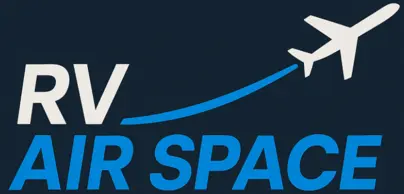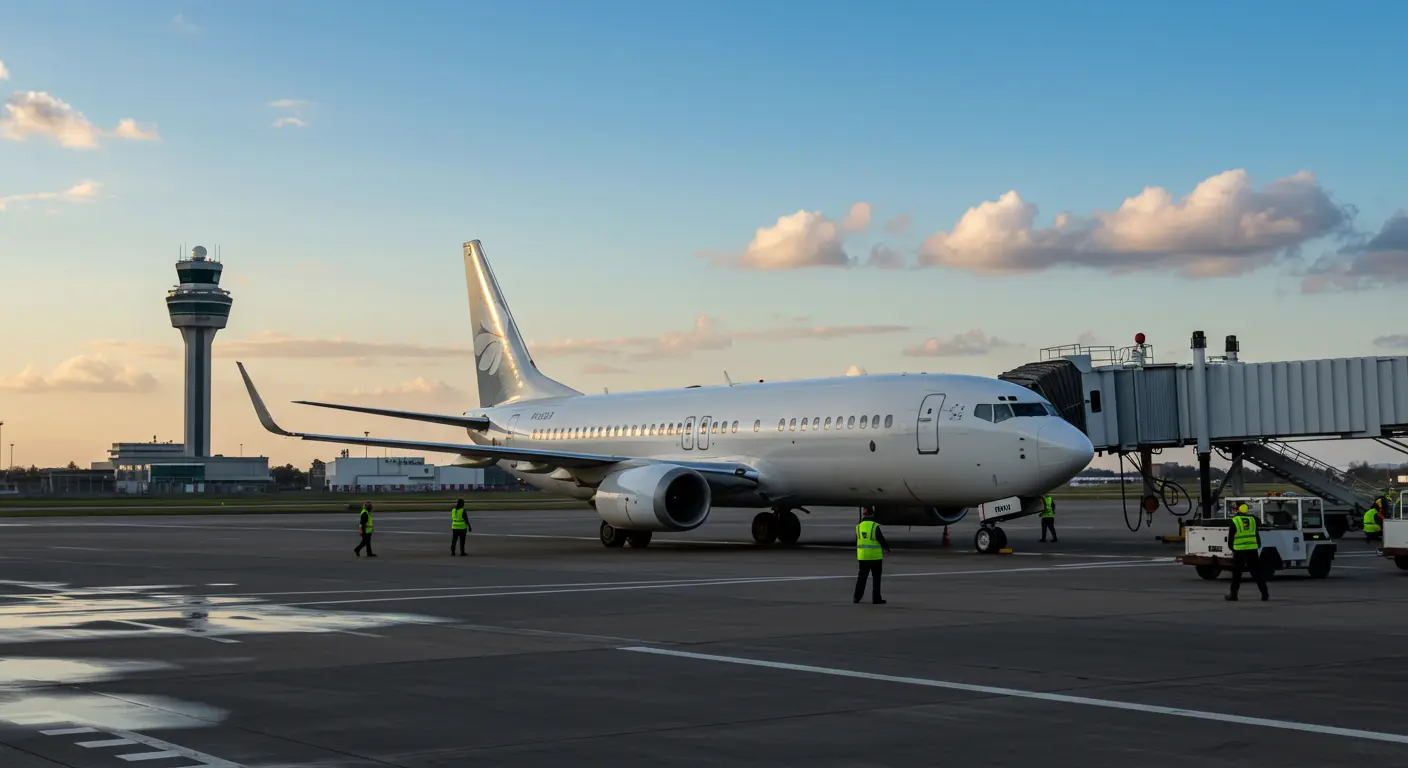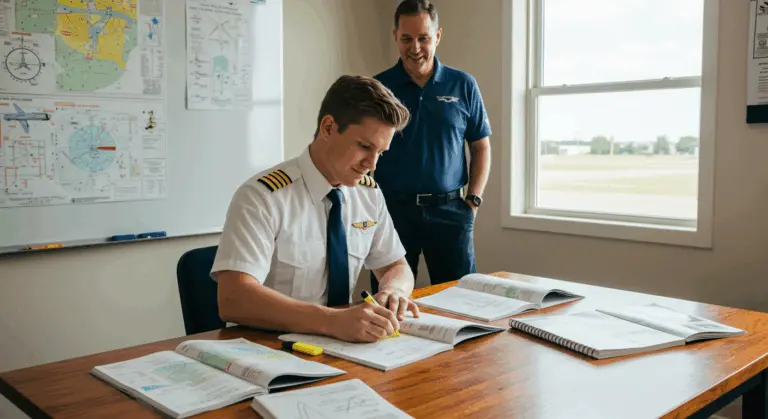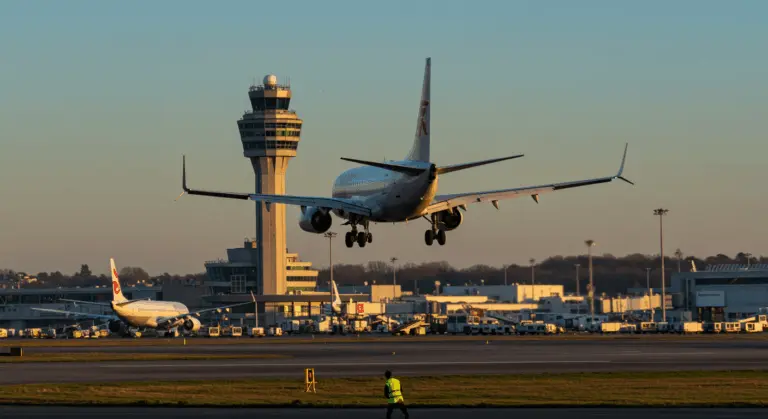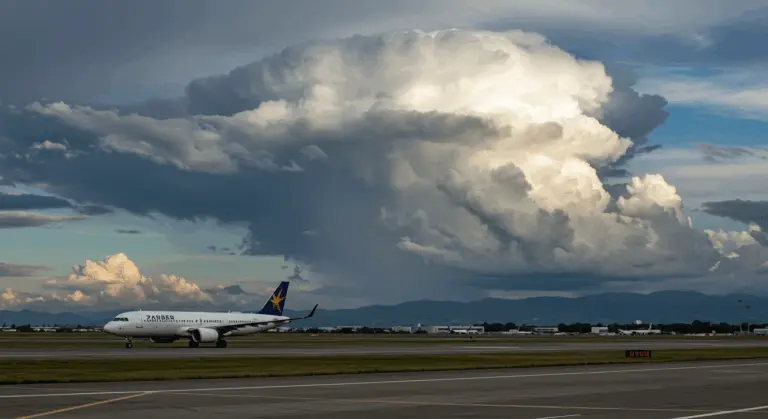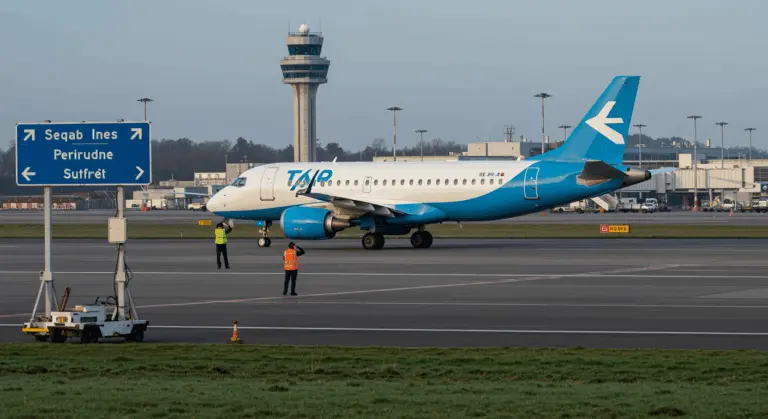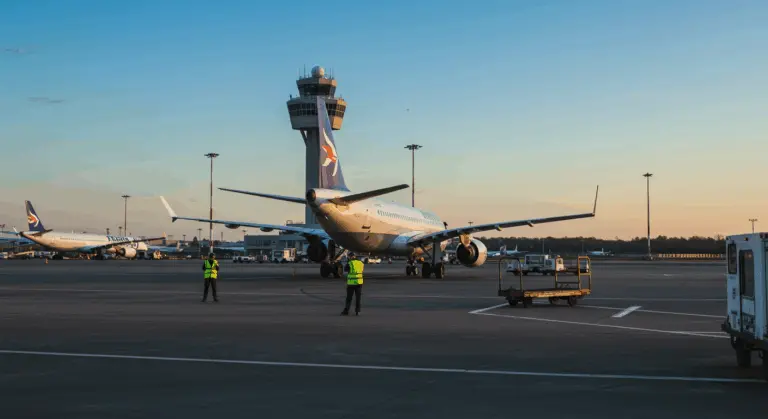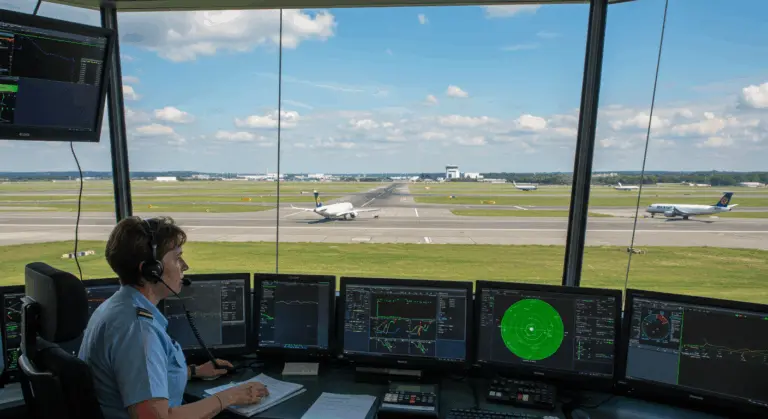Understanding Rejected Takeoff – Procedures and Reasons
What is a Rejected Takeoff?
A rejected takeoff (RTO), or aborted takeoff, is a critical maneuver where pilots make the split-second decision to halt the takeoff process after beginning their roll but before lifting off. This decision requires immediate, precise action to bring the aircraft to a safe stop within the remaining runway distance.
Unlike a go-around—executed during approach to climb away from the runway, a rejected takeoff is specifically executed while the aircraft is still on the runway. This distinction is important: RTOs occur at high speeds on finite runway real estate, demanding exceptional pilot skill and maximum braking performance.
Numerous factors can trigger a rejected takeoff, each posing unique safety risks. In every scenario, the flight crew must quickly assess: does aborting or continuing the takeoff present the lower risk?
Key Procedures for Rejected Takeoff
Executing a rejected takeoff requires quick, precise action. The sequence begins with a decisive verbal call—”Reject!” or “Abort!”—followed immediately by pulling the thrust levers to idle. This eliminates forward thrust and begins the deceleration process.
Next comes maximum braking. Pilots apply firm, steady pressure to brake pedals while anti-skid systems prevent tire lockup and optimize stopping power. Simultaneously, ground spoilers deploy, creating aerodynamic drag and transferring more weight onto the landing gear for enhanced braking efficiency.
Aircraft equipped with thrust reversers engage these systems to redirect engine exhaust forward, adding crucial stopping force. During this process, pilots maintain directional control using rudder pedals and nose wheel steering, keeping the aircraft centered on the runway centerline. The pilot monitoring assists by verifying actions and communicating with air traffic control.
Timing is critical. The abort decision must occur within a narrow window that demands split-second judgment under extreme pressure. This decision hinges on a critical speed threshold—beyond which continuing the takeoff becomes the safer option.
Airlines have clear criteria for when pilots should reject takeoffs, typically categorizing them as high-speed (near V1) or low-speed rejections. Low-speed situations allow for a broader range of abort triggers. High-speed rejections are reserved for critical safety threats: engine failures, fire warnings, or conditions that would make safe flight impossible.
Reasons Behind a Rejected Takeoff
-
Engine Failure or Fire: Engine malfunctions, abnormal vibrations, thrust loss, or fire warnings are among the most serious RTO triggers.
-
System Malfunctions: Critical system failures—flight controls, hydraulics, electrical systems—can render an aircraft unsafe for flight.
-
Configuration Errors: Incorrect flap settings, trim configurations, or unlocked doors discovered during takeoff roll demand immediate abort.
-
Environmental Hazards: Dangerous wind shear detection, foreign object debris (FOD), wildlife incursions, or unexpected runway vehicles.
-
Air Traffic Control (ATC) Instruction: ATC-ordered aborts due to traffic conflicts or emerging safety concerns.
-
Pilot Judgment: Pilot intuition when something feels wrong, such as poor acceleration, unusual vibrations, or other concerns that are difficult to define.
The Significance of V1 Speed
V1 speed is aviation’s most critical takeoff concept—the definitive decision point during the takeoff roll. Technically, V1 represents the maximum speed at which pilots must initiate stopping action within the available accelerate-stop distance. Simultaneously, it’s the minimum speed for safely continuing takeoff after critical engine failure, ensuring the aircraft reaches required height within designated takeoff distance.
This calculated threshold is nicknamed as “decision speed” because it creates a clear decision point for pilots. Before V1? Pilots can safely abort if problems arise. After V1? The safest course typically involves continuing takeoff despite emerging issues. This clear framework prevents dangerous hesitation during the most critical phase of flight.
The calculation of V1 is complex, incorporating variables such as:
-
Aircraft weight
-
Runway length and surface condition (e.g., dry, wet)
-
Airport elevation and air temperature
-
Wind conditions
-
Obstacle clearance requirements
During takeoff briefings, flight crews explicitly identify and verbalize each departure’s V1 speed, ensuring both pilots clearly understand of this critical threshold. As the aircraft approaches V1 during takeoff roll, the monitoring pilot typically calls out the speed, creating heightened awareness at this decision point. This standardized procedure reinforces V1’s operational significance and ensures consistent application across all commercial flight operations.
Accelerate-Stop Distance Available (ASIA)
The Accelerate-Stop Distance Available (ASIA) is a runway measurement designed for rejected takeoff scenarios. It encompasses the total runway length available for an aircraft to accelerate from brake release to V1 speed, then safely decelerate to a complete stop if takeoff must be aborted. This measurement often extends beyond the runway itself, potentially incorporating a designated stop way—a specially prepared area beyond the runway designed to support aircraft during emergency stops.
ASIA calculations depend on several operational factors:
-
Aircraft performance capabilities and weight
-
Runway surface conditions (e.g., dry, wet, contaminated)
-
Atmospheric conditions (temperature, pressure altitude)
-
Availability and effectiveness of stopping devices (brakes, thrust reversers)
Regulatory authorities approach ASIA calculations with subtle variations. Some permit thrust reverser inclusion when establishing this distance, then add a 10% safety margin to account for real-world variables and human response times. This conservative approach acknowledges that theoretical calculations rarely match actual emergency conditions perfectly.
Understanding the ASDA-V1 relationship is essential for safe takeoff operations. ASIA directly influences V1 calculation, as this decision speed must be set where the aircraft can still stop within available runway length if takeoff is rejected. Should require stopping distance exceed ASIA, V1 speed must be reduced, or aircraft weight decreased to ensure safe operations. This balance between acceleration capability, stopping distance, and available runway length is the foundation of takeoff safety calculations.
Simulator Training for Rejected Takeoff Scenarios
Flight simulator training is central to modern aviation safety preparation, particularly for high-stakes maneuvers like rejected takeoffs. These sophisticated environments allow pilots to experience the complete RTO spectrum without risking aircraft or personnel. Modern simulators replicate exact cockpit layouts, control responses, and system behaviors of specific aircraft types, creating immersive environments where muscle memory and decision-making skills develop and strengthen.
Training curricula feature progressive RTO scenarios that escalate in complexity and difficulty. Pilots begin with straightforward engine failures at various sub-V1 speeds, then advance to challenging situations: subtle system malfunctions, ambiguous warning indications, or rapidly deteriorating weather demanding quick decisions. These exercises develop the split-second judgment needed when operating in V1’s critical approach window.
Simulator training deliberately induces stress to replicate real emergency psychological pressure. Instructors introduce unexpected complications, time constraints, or simulated communication challenges to test pilots’ situational awareness while executing proper procedures. This stress training ensures that when genuine emergencies arise, pilots can overcome natural startle responses and implement training effectively.
Crew resource management (CRM) is another important part of RTO simulator training. Pilots practice clear communication protocols, role delegation, and coordinated actions during rejected takeoff’s high-workload environment. The captain calls “Reject!” while the first officer confirms and assists with braking or emergency checklist procedures. These exercises reinforce teamwork’s importance during critical flight phases when proper coordination can determine the difference between successful stops and runway excursions.
Modern simulator programs incorporate data analysis and performance feedback systems enabling detailed instructor debriefs. Pilots can review reaction times, control inputs, and decision-making processes with precision, identifying improvement areas. This data-driven training approach has greatly improved aviation’s ability to prepare flight crews for the rare but critical rejected takeoff scenarios they might encounter throughout their careers.
Post-Rejection Actions and Safety Measures
Once the aircraft stops completely, flight crews must rapidly assess the situation to determine next steps. This evaluation includes examining the problem that triggered the rejected takeoff, checking for fire or immediate hazards, and determining whether emergency evacuation is necessary. The captain typically makes this decision based on multiple inputs: instrument indications, visual cues, and cabin crew reports.
Communication is vital at this stage. Flight crews must promptly notify air traffic control about their situation, runway position, and required assistance. This communication prevents potential aircraft conflicts and ensures appropriate emergency services dispatch when needed. Standard phraseology includes declaring the emergency nature and specifying whether the runway remains blocked.
Circumstances may demand additional emergency procedures: engine shutdown to prevent fire spread, onboard fire suppression system activation, or precautionary evacuation if passenger safety is threatened. Flight crews follow detailed checklists for these scenarios, prioritizing actions addressing the most immediate threats first. In serious situations, aircraft emergency evacuation slides may deploy, enabling all passengers to exit within the industry-standard 90 seconds.
These post-rejection measures have one primary goal: ensuring the aircraft stops safely on the runway. Why? Because runway excursions can cause catastrophic aircraft damage and endanger passenger lives. Following procedures strictly is key to mitigating this risk.
Accidents Related to Rejected Takeoff
Despite rigorous training and established procedures, rejected takeoffs have contributed to several notable aviation accidents throughout history. These incidents offer invaluable lessons for improving safety protocols and pilot training programs.
-
Air France Flight 007 (1962): Crews aborted takeoff beyond V1 due to flight control malfunctions. The resulting runway overrun caused 130 fatalities and led to improved takeoff performance calculations.
-
British Air tours Flight 28M (1985): Engine failure triggered a successful RTO, but rapidly spreading fire claimed 55 lives. This incident drove major improvements in evacuation procedures and cabin material safety standards.
-
Wayne County Airport runway collision (1990): Collision with an aircraft that had entered the active runway forced an RTO, underscoring runway situational awareness importance.
-
TWA Flight 843 (1992): False instrument readings prompted an RTO. Though post-stop fire destroyed the aircraft, all occupants evacuated safely—demonstrating effective crew training.
-
South Carolina Learjet 60 crash (2008): Pilots attempted RTO after passing V1, causing fatal runway overrun. This accident reinforced V1’s criticality as a non-negotiable decision point.
These accidents highlight the complex decision-making required during takeoff’s critical phase and have collectively driven safer operating procedures, improved aircraft systems, and enhanced training protocols that continue evolving in commercial aviation today.
